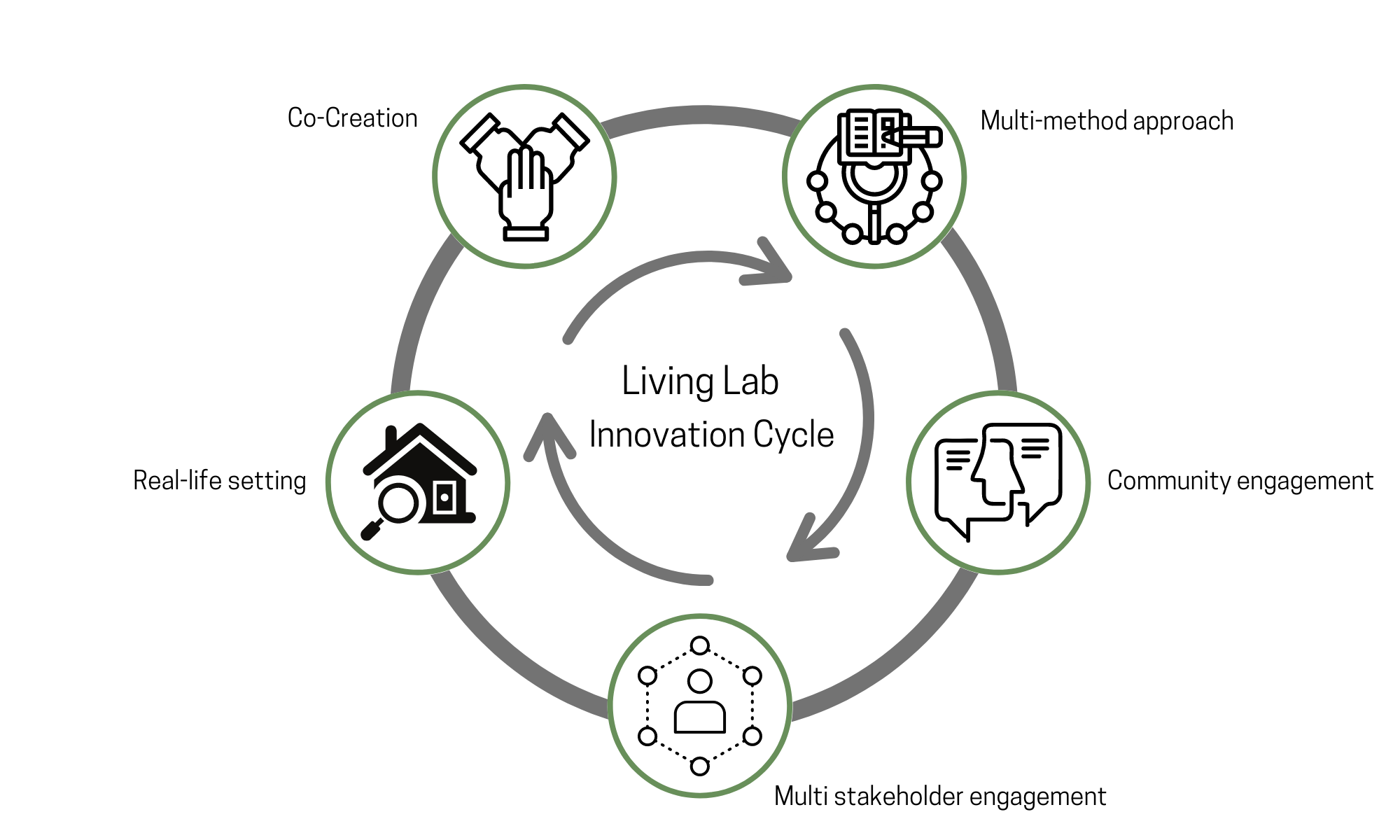We have reached a watershed moment.
After a century of robust development of technological and business innovation, plus several decades of cracking the code of social innovation, the time has come to create an integrated innovation system.
Innovation has long been recognized as necessary for a nation’s economic and business success. But citizens have relied on a trickle down approach for the benefits from technological and business innovation to trigger broad societal well-being. Unfortunately today’s social, ecological and economic problems – ranging from preventable chronic disease to social exclusion to youth unemployment to climate change – are escalating in scale, severity and urgency. They won’t wait for laissez-faire innovation.
Society’s needs and innovation’s benefits can be more directly connected and aligned. The opportunity of the 21st century is to harness the combined power of social innovation and mainstream (technological and business) innovation.

Mainstream innovation is an advanced ecosystem of technological, business, financial and human resources wired to produce efficiencies, profit and, increasingly, disruption. Social innovation works primarily at the margins to take on the most pressing social and ecological challenges of the 21st century. Social innovation responds to gaping tears in our social fabric made more visible as aging systems fall behind or fail to use new tools like behavioural economics, human-centred design, collective intelligence, and both open and big data.
The urgent call is to steward a new collaborative mindset and approach. One that integrates today’s tools and technologies with new knowledge emerging from across all sectors on innovation, social behavior, social capital, collaboration and networks. We need an innovation system driven by a new integrated innovation paradigm and a solutions-oriented economy.
THE STATUS QUO ISN’T WORKING
The OECD reports that “[i]n 2014, OECD countries devoted more than one-fifth of their economic resources to public social support”. It is estimated that 17% of Canada’s GDP, or $338 billion, is spent on social outcomes. In the US, that figure is closer to 19.2% of GDP or $3.4 trillion USD and in Spain, it is higher still, at 26.2% of GDP.
What are we missing by not having a more inclusive, integrated national innovation system, capable of producing greatly improved and robust social outcomes? How can we repurpose the large investments in social programs that are structured mostly to mitigate rather than solve societal challenges? How can we catalyze a purpose-driven innovation ecosystem?
The problem is not that these questions are not being asked. Nor that we are not already deploying social innovation and advancing social outcomes in critical domains.
The problem is that these efforts remain marginal to the scale of our challenges.
SOMETHING MORE IS NEEDED: WE MUST REWIRE THE INNOVATION SYSTEM.
We have to be intentional around rewiring the innovation system with a solutions-orientation. This includes its:
Purpose: Solving grand challenges in the pursuit of inclusive prosperity and well-being;
Processes: Integrated social, business and STEM innovation;
Players: Public sector, business, civil society organizations, marginalized communities, media and academia; and,
Guiding rules: New paradigms of collaboration and competition, new open and bottom-up principles, new forms of interoperability and sustainability.
This will require a new role for public investment, one that honours the vital role of government in market creation and driving periods of transformative change.

Economist Mariana Mazzucato, in her groundbreaking research on public investment, notes:
“…markets are ‘blind’ and the direction of change they provide often represents suboptimal outcomes from a societal point of view. This is why, in addressing societal challenges, states have had to lead the process and provide the direction towards new ‘technoeconomic paradigms’, which do not emerge spontaneously from market forces.”
Mazzucato identifies the role that government must continue to play as a key, and often more daring, partner of the private sector, derisking critical directions for market development. Recognizing government as a public investor opens up the opportunity to re-deploy vast resources (currently being spent on shoring up frail systems inadequately serving public needs) toward a common mission of integrated innovation for shared and inclusive prosperity.
It won’t be easy. As Mazzucato’s colleague, Sussex University’s Andy Stirling, notes:
“The more demanding the challenges for innovation (like poverty, ill health or environmental damage), the greater becomes the importance of effective policy. These challenges of innovation policy go well beyond simplistic notions of governments trying to ‘pick winners’…This is about culturing the most fruitfully cross-fertilizing conditions across society as a whole, for collectively seeding and selecting across many alternative possibilities and together nurturing the most potentially fruitful. This involves collaboratively deliberating, negotiating and constructing what ‘winning’ even means, not just how best to achieve it.”
FROM ADHOCRACY TO TRANSFORMED SYSTEMS
There are exemplary cases of social and mainstream innovation converging to produce transformational social and economic outcomes, such as the Grameen-Danone Partnership, the co-operative movement, and the Toronto Atmospheric Fund. But we need to support a move from exceptional successes on the margins to a mainstreamed mindset of, and approach to, integrated innovation.
To succeed, we will rely on new agile innovation hosting platforms where business, STEM and social innovation can actively come together with shared accountabilities and support systems. The opportunity here is to build on local experiences, capacities and knowledge assets, as well as global insight, evidence and models. One groundbreaking Canadian example of this is Grand Challenges Canada, tackling global health challenges affecting the developing world.

In the near term, this requires a new narrative about the origin and the role of innovation, as a process that facilitates direct, not laissez-faire, public benefits. Aligning our innovation systems more tangibly with inclusive prosperity and social outcomes depends on shifting how we understand, value, practice and apply all streams of innovation
This is the watershed moment: a multi-sector opportunity and imperative to unleash the full potential of our creativity, research capacity, knowledge and resources on our most pressing social, economic and ecological challenges to foster lasting, sustainable well-being and prosperity.
This article was also published here
See more great articles at: The McConnell Foundation
Note earlier Spanish and Basque versions of this blog were published in Spain by Innobasque.





